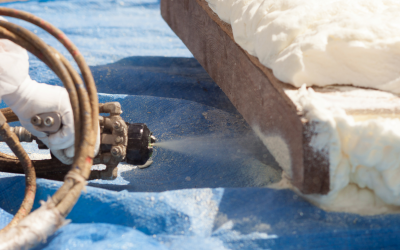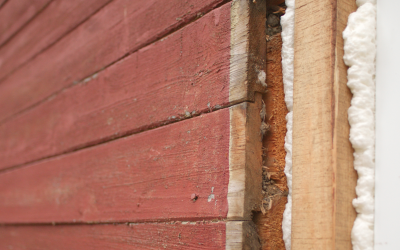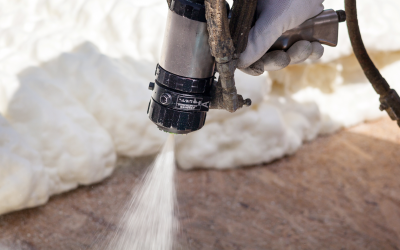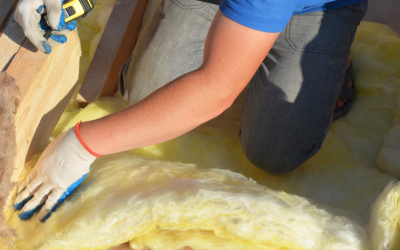Closed-Cell Or Open-Cell Spray Foam Insulation: Which Is Right For Your Home?
Last Updated on April 21, 2022 by Spray Foam Insulation Plus
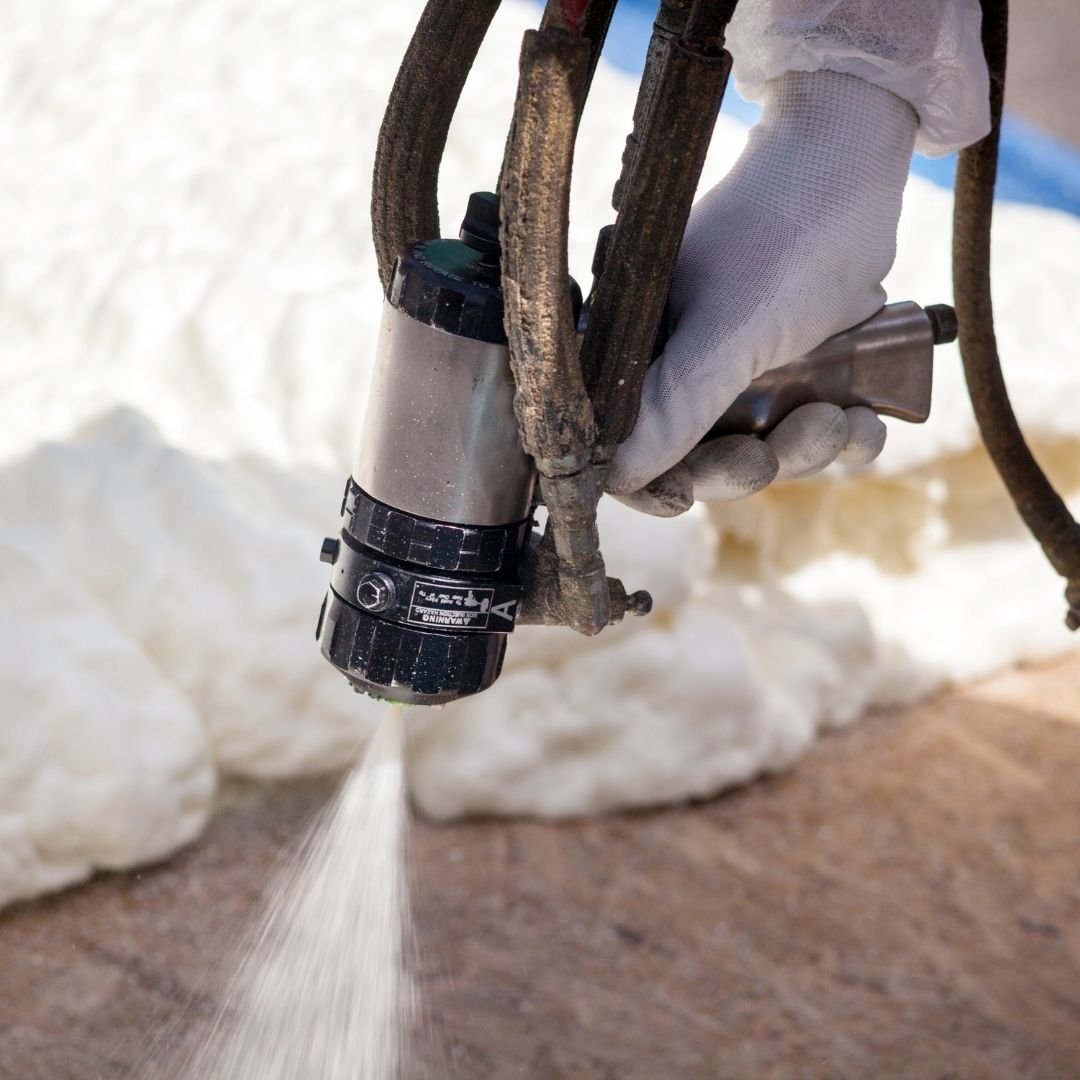
Spray foam insulation is chemical-based insulation that highly professional and licensed workers apply by mixing the chemicals on the job site and spraying it onto the appropriate place with appropriate thickness. Walls, floors, and ceiling cavities are frequently insulated using spray foam insulation. Closed-Cell Or Open-Cell Spray Foam Insulation
Spray foam insulation does not compress, droop, or settle over time because of its structure, making it an excellent choice for home insulation. Moreover, it is water-impermeable and does not allow pest infestation or mold growth due to its unique material. Spray foam, both open-cell, and closed-cell have a long lifespan.
The Advantages Of Open-Cell Spray Foam
Open-cell spray foam offers a lot of advantages. One of the most significant advantages is the lower total cost compared to closed cell spray foam. This is because open-cell spray foam is less expensive to produce due to its different expansion and cell composition. Because it expands significantly more than closed cell spray foam, it requires less material to insulate the same amount of space, potentially lowering material costs.
Furthermore, because open-cell spray foam expands more than closed-cell spray foam, it is much easier to fill every nook and cranny of your property with it. This creates a correct air barrier in hard-to-reach areas, allowing warm air to remain inside your home. Additionally, open-cell spray foam can be hydrophobic, retaining less than 5% of its weight in water.
What does this imply for you as an individual? If there is a leak and the insulation is wet, it will not need to be replaced if it is allowed to dry. Traditional insulation, such as fiberglass, will not work since it will absorb the water and cause mold. However, not all open-cell spray foams are hydrophobic; therefore, make sure to double-check the product you’re receiving.
The reason why mold and pests cannot grow on it is that it is unappealing to pests and does not contain materials that can act as food for molds. Open-cell spray foam isn’t a deterrent for bugs or rodents, it doesn’t provide them with any food. This means that you can forget worrying about molds and pests in your house if you have spray foam insulation.
Lastly, open cells have significant soundproofing abilities. Open-cell foam dampens soundwaves due to its cell structure and content. This implies that not only will it insulate and seal your home, but it will also make it silent to some extent. Yes, it is not entirely soundproof, and nor is this its main function. However, this feature is a perk of it that you can take advantage of.
The Advantages Of Closed Cell Spray Foam
Closed-cell spray foam insulation also comes with many advantages. One of the most significant advantages is that it has a very high R-value than open-cell foam. This means that closed-cell spray foam is even better than open-cell spray foam in insulating your property and increasing its overall R-value. If you do not know what an R-value is, it tells us how good a material is at insulating. The higher the R-value, the greater the insulation.
Due to its firmly packed closed cells, closed-cell spray foam does not allow any vapor or water to flow through it. It is a fully hydrophobic material. Moreover, FEMA considers closed cell spray foam to be flood-resistant and appropriate for use in flood-prone areas. This is because it can successfully reject bulk water while remaining unaffected by these conditions due to its dense and firm nature.
Closed-cell foam can also be sprayed onto the exterior of buildings since it can act as a vapor retarder and does not allow bulk water to travel through it. Closed-cell foam would be the ideal answer for applications where it is best or easiest to apply insulation to the outside of the building. Closed-cell spray foam adds structural rigidity to the building where it’s applied because of its rigidity and densely packed cell.
Which One Should You Get?
Now that you know about the characteristics and properties of both types of spray foam insulation, it will be easy for you to decide which one you should get depending on your requirements. Both open-cell and closed-cell foams accomplish the same thing at their core: they seal your home, last the life of the construction, and dramatically cut your heating and cooling bills. If you are interested in getting your home insulated with spray foam insulation, contact us.
For more information about our spray foam insulation services, feel free to contact Spray Foam Insulation Plus, the best insulation contractors in Minneapolis MN, today.
Closed-Cell Or Open-Cell Spray Foam Insulation
Closed-Cell Or Open-Cell Spray Foam Insulation
Closed-Cell Or Open-Cell Spray Foam Insulation
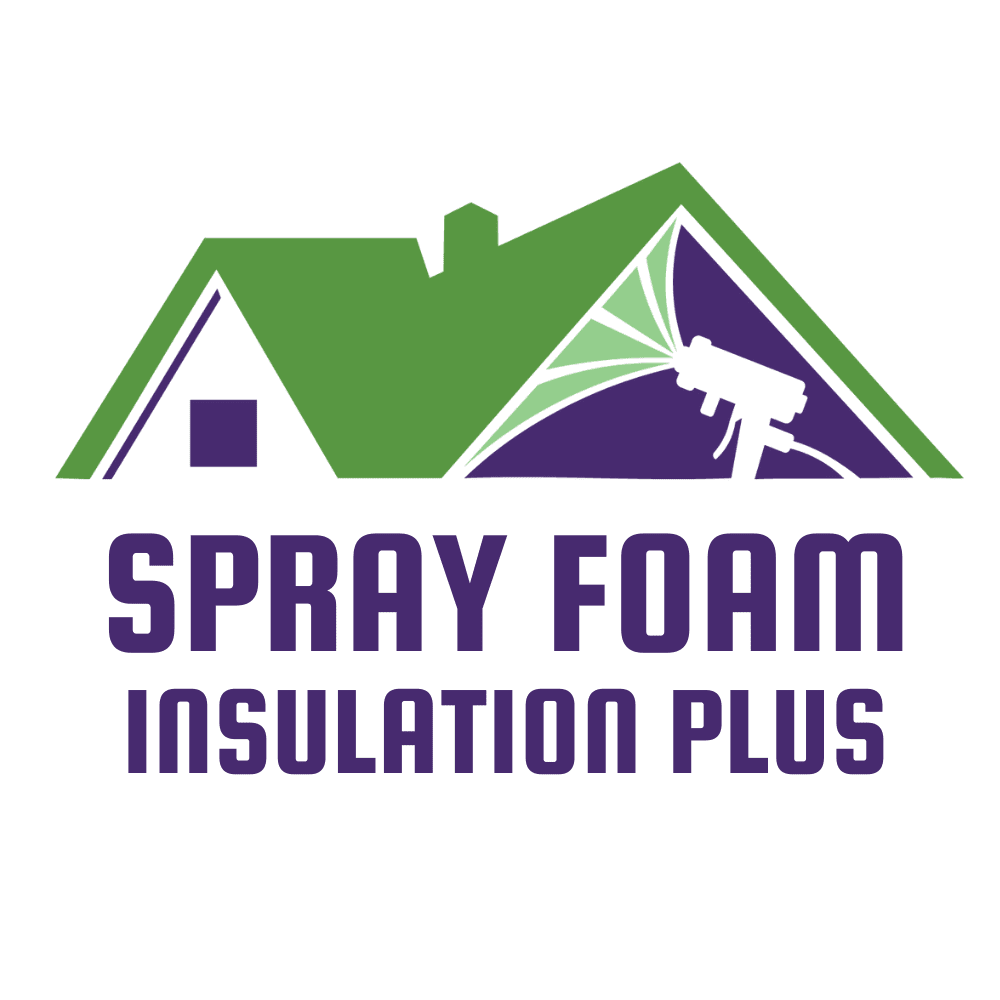
Tags
Preferred Contractors of:


